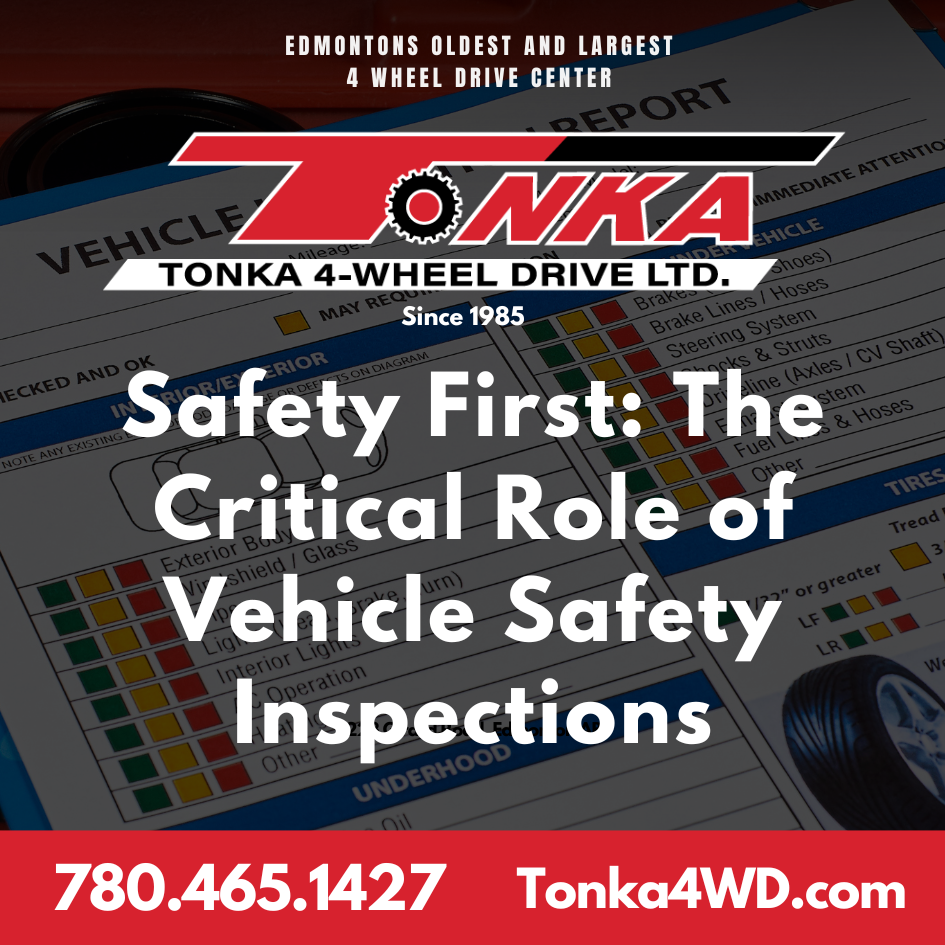Vehicle safety inspections play a vital role in ensuring that vehicles on the road are maintained for safe operation. These inspections are not just about compliance with regulations; they’re a proactive approach to prevent accidents, save lives, and reduce the likelihood of costly repairs down the line.
Regular safety inspections are essential for identifying potential issues before they lead to serious problems. They ensure that essential systems of the vehicle, like brakes and steering, are in good working order, significantly reducing the risk of accidents due to mechanical failure. Furthermore, these inspections can also help vehicle owners save money in the long run by spotting minor issues before they become major, expensive repairs.
Key Components Checked During a Safety Inspection
A comprehensive vehicle safety inspection covers several critical areas to ensure the vehicle’s safe operation. Some of the key components checked include:
Braking System
Inspectors check for worn or damaged brake pads, discs, and fluid levels to ensure the vehicle can stop effectively in all conditions.
Steering and Suspension
The inspection ensures that the steering and suspension systems are functioning correctly, providing proper vehicle control and comfort.
Tires and Wheels
Tires are checked for adequate tread depth, signs of wear, and correct inflation. Wheels are inspected for damage that could cause tire failure.
Lights and Signals
All external lights and signals, including brake lights, headlights, turn signals, and hazard lights, are tested for proper operation.
Windshield and Wipers
The windshield is inspected for cracks or chips that could impair the driver’s vision, and wipers are checked to ensure they can effectively clear the windshield in adverse weather.
Exhaust System
The exhaust system is checked for leaks or damage that could allow harmful gases to enter the vehicle’s cabin.
Seat Belts and Airbags
Safety inspections verify that seat belts are functioning correctly and that there are no warning lights indicating problems with the airbag system.

Benefits of Vehicle Safety Inspections
Enhanced Safety
The primary benefit of regular safety inspections is the enhanced safety they provide. By ensuring that critical vehicle systems are in good working order, inspections help prevent accidents caused by vehicle malfunctions.
Environmental Protection
By identifying and rectifying issues like exhaust system leaks, vehicle inspections help reduce harmful emissions, contributing to environmental protection.
Cost Savings
Early detection of potential issues allows for repairs before they become more severe and expensive. Regular maintenance, facilitated by safety inspections, can extend the life of the vehicle, leading to significant long-term savings.
Peace of Mind
Knowing that your vehicle has passed a safety inspection gives you peace of mind that it is in good condition and safe to drive, which can be particularly reassuring for long trips or driving in challenging conditions.


